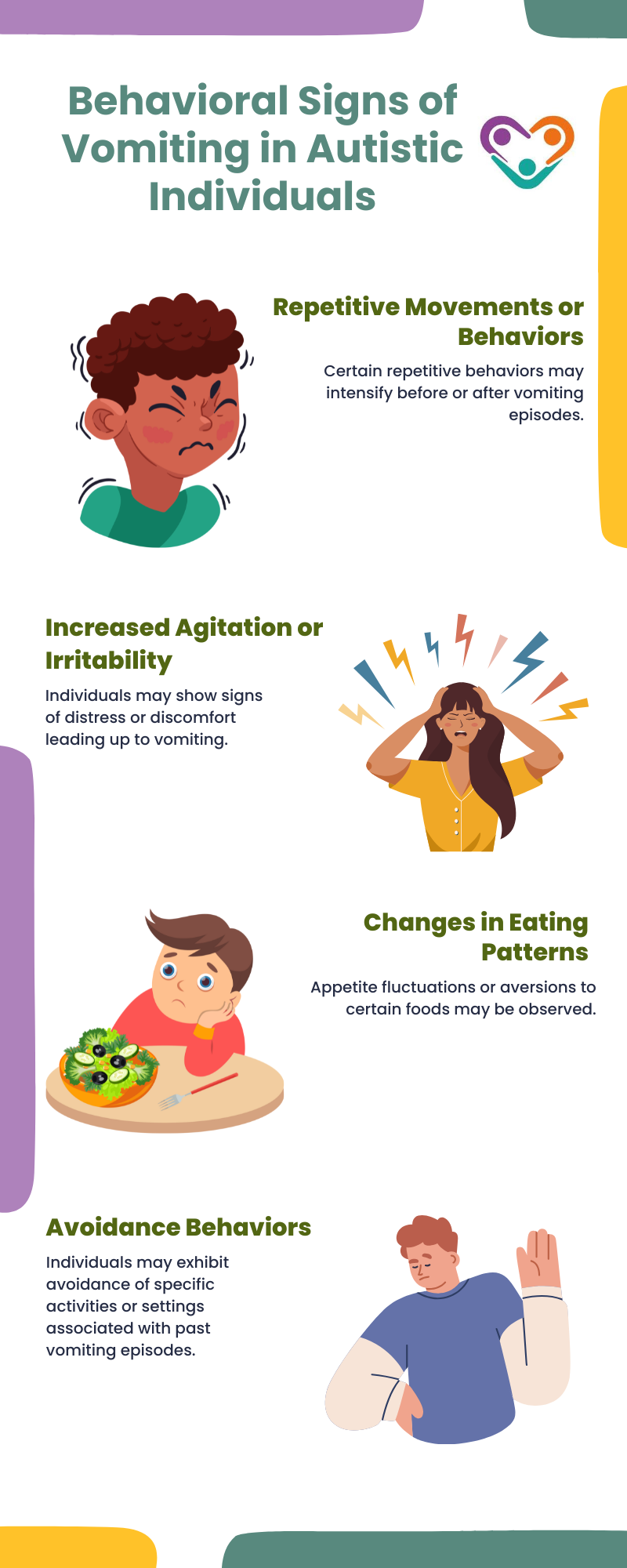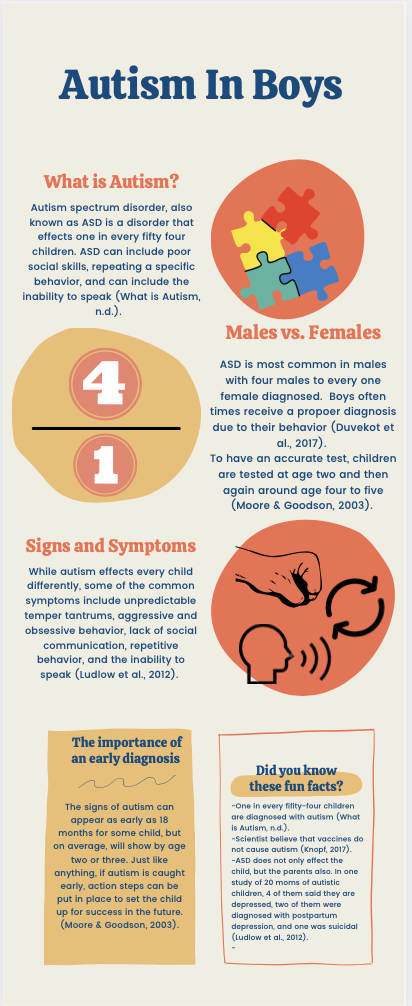Five practical strategies Autism Behavioral Therapy techniques improve coping skills
Five practical strategies Autism Behavioral Therapy techniques improve coping skills
Blog Article
Comprehending the Impact of Behavioral Autism on Daily Life and Social Interactions
You might not understand exactly how deeply behavior autism affects every day life and social communications. People on the range often browse a world full of interaction hurdles and sensory overload. These challenges can bring about stress and isolation, influencing their partnerships and total well-being. Recognizing these subtleties is essential for promoting supportive atmospheres. What approaches can we implement to produce even more inclusive spaces and meaningful links? The solutions might shock you.
Defining Behavior Autism and Its Attributes
Behavior autism, usually referred to as autism spectrum problem (ASD), encompasses a variety of conditions defined by difficulties in social communication, communication, and recurring behaviors. You may see that individuals with ASD often have a hard time to interpret social hints, which can lead to misconceptions in discussions. They may find it hard to establish eye contact or participate in little talk, making social scenarios really feel frustrating.
Interaction problems can show up in different methods, from postponed speech advancement to a preference for using fewer words. By recognizing these qualities, you can promote an environment that promotes acceptance and encourages effective communication, aiding individuals with autism thrive in their day-to-day interactions.
The Range of Autism: Understanding Variability in Behavior
Autism range problem (ASD) isn't a one-size-fits-all diagnosis; it varies extensively among individuals. You could observe that some individuals with ASD exhibit light signs and symptoms, while others may face more considerable difficulties. This irregularity can materialize in actions, rate of interests, and sensory sensitivities. You may run into people that are extremely spoken and involve easily in discussions, while others could like solitary activities or interact non-verbally.
Moreover, the method people with ASD react to sensory input can vary considerably; some may be overwhelmed by loud sounds or bright lights, whereas others thrive in boosting environments. The range also includes differences in social communications; some people may battle to translate social cues, while others browse social settings with loved one simplicity. Understanding this irregularity is essential, as it aids you appreciate each person's one-of-a-kind experience and tailor assistance to their certain needs, cultivating a much more comprehensive environment for everybody.
Communication Difficulties Faced by People With Autism
When you interact with people on the autism spectrum, you may notice their unique interaction challenges. They often encounter troubles with both spoken and nonverbal hints, which can impact their social communications. Understanding these barriers is important for promoting far better connections and support.

Verbal Communication Difficulties
Numerous individuals on the autism spectrum experience spoken interaction difficulties that can substantially influence their everyday communications. You could discover it testing to share your ideas, feelings, or requires plainly. This can cause disappointment for both you and those around you, as misunderstandings take place. You might battle with starting conversations, maintaining a subject, or comprehending nuances in speech. Often, you could choose using basic language or repetitive expressions, which can limit your capability to take part in deeper conversations. Your speed, tone, or quantity might not align with social assumptions, causing others to misunderstand your purposes. Recognizing these difficulties can aid you and your support network create techniques to improve communication and promote better connections with others in your life.
Nonverbal Communication Barriers
Verbal communication isn't the only obstacle people on the autism spectrum face; nonverbal interaction barriers can be simply as substantial. These challenges can lead to misconceptions or misconceptions of social signs, making communications really feel frustrating or confusing. By attending to nonverbal communication, you can find methods to boost your social experiences and enhance your overall top quality of life.
Social Interaction Influences
Social interactions can often feel frustrating because of the special interaction difficulties faced by individuals with autism. You might deal with analyzing social hints, making it hard to comprehend mockery or body language. This can result in misconceptions or awkward moments in conversations. In addition, initiating and preserving conversations might feel tough, triggering anxiousness in social situations. You might like structured settings, making spontaneous communications uneasy. It's likewise Home Page usual to experience difficulty in participating in little talk, which can prevent forming new friendships. Acknowledging these obstacles can help you find methods to boost interaction, such as practicing social skills in safe setups or making use of aesthetic help - Autism Behavioral Therapy. Comprehending your needs enables you to navigate social interactions with higher confidence and simplicity.
Social Communication and Connection Building in Autism
While building relationships can be testing for individuals with autism, understanding their special perspectives and communication styles can cultivate significant links. You might discover that several people on the range favor direct interaction and may battle with social signs or small talk. By being straightforward in your communications, you can assist develop an atmosphere where they really feel comfortable.
Involving in shared rate of interests can likewise serve as a bridge to deeper links. Whether it's a hobby, a preferred program, or a mutual enthusiasm, these typical strings can open doors to friendship.
Day-to-day Live Regimen: Browsing Strategies and difficulties
Navigating day-to-day live regimens can be particularly challenging for individuals with autism, particularly when unforeseen modifications take place. You might find convenience in having an organized schedule, as it assists you expect what's following. When disruptions happen, it's normal to really feel anxious or overwhelmed. To browse these challenges, think about carrying out aesthetic routines or checklists. These tools can supply clearness and confidence.
Establishing a regimen that consists of sensory breaks can likewise be helpful. This assists create an understanding atmosphere.
Finally, method mindfulness methods to take care of tension and anxiety. Straightforward breathing exercises or grounding techniques can make a considerable distinction. By integrating these techniques, you can improve your everyday routine and reduce disruptions, making life really feel more workable.
Toughness and Capabilities of Individuals on the Autism Spectrum
Comprehending every day life routines is simply one facet of the autism experience. Numerous people on the autism range view publisher site possess exceptional toughness and abilities that set them apart. You could find that your interest to information is exceptional, enabling you to master jobs that require accuracy and emphasis. Your capability to think outside the box can lead to ingenious options in different scenarios.
In addition, your memory skills typically shine, especially in areas of interest. Autism Behavioral Therapy. This knack for maintaining details can make you a beneficial source in areas like science, modern technology, or art. You might likewise exhibit strong aesthetic thinking, enabling you to envision intricate principles and fix troubles creatively
In addition, your special point of view on the world can promote empathy and understanding in others, enriching social interactions. Embracing these strengths not only boosts your confidence however likewise helps others appreciate the diverse skills you give the table.
Developing Comprehensive Environments for People With Autism
Developing inclusive settings for individuals with autism begins with designing sensory-friendly rooms that deal with their one-of-a-kind demands. You can likewise promote possibilities for social interaction, helping to construct connections and relationships. By making these changes, you'll contribute to an extra inviting ambience for everyone.
Creating Sensory-Friendly Spaces
While creating sensory-friendly areas, it's important to reflect on the distinct needs of individuals with autism. Incorporate silent areas where people can pull away and recharge when bewildered. Include aesthetic routines or clear signs to aid people navigate the space with confidence.
Promoting Social Interaction Opportunities
Creating sensory-friendly areas not only addresses specific comfort yet likewise sets the phase for significant social interactions amongst people with autism. To advertise these communications, develop inclusive atmospheres that welcome engagement. Organize organized activities, like art courses or group video games, that motivate cooperation without overwhelming sensory input. Use aesthetic aids and clear interaction to assist everyone involve pleasantly. Urge peer mentoring, coupling individuals with autism with encouraging peers who can lead them through social scenarios. Furthermore, take into consideration hosting routine area events that celebrate neurodiversity, cultivating acceptance and understanding among all individuals. By applying these techniques, you can boost social chances, assisting people with autism build friendships and reinforce their social abilities in a safe, inviting setting.

Often Asked Concerns
Just How Can Pals Assistance Someone With Behavioral Autism?
You can sustain a good friend with behavioral autism by being person, listening proactively, and respecting their limits. Participate in tasks they take pleasure in, interact honestly, and develop a comfy setting where they feel valued and recognized.
What Resources Are Available for Moms And Dads of Kid With Autism?
You can check out various resources for moms and dads of kids with autism, consisting of support system, educational sites, and regional community services. Getting in touch with other moms and dads can additionally give beneficial insights and shared experiences to help navigate obstacles.
Can Behavioral Autism Modification With Time?

Yes, behavior autism can alter with time. You could see shifts in interaction, social abilities, and habits as your youngster expands. Early intervention and support often play essential roles in these developmental modifications.
Just How Do Sensory Level Of Sensitivities Impact Life?
Sensory sensitivities can make day-to-day experiences frustrating. You could battle with bright lights or loud sounds, causing anxiety or avoidance. Locating atmospheres that accommodate your demands can considerably boost your convenience and overall every day life.
What Are Common Misconceptions Concerning Behavioral Autism?
You might think behavior autism just impacts communication abilities, but it's more complex. Numerous presume people lack compassion or intelligence, which isn't real. Comprehending these misconceptions aids foster approval Full Report and support for those on the range.
Behavior autism, usually referred to as autism spectrum problem (ASD), incorporates a range of problems characterized by difficulties in social communication, interaction, and repeated actions.Social interactions can often really feel overwhelming due to the unique interaction difficulties faced by individuals with autism.Creating sensory-friendly rooms not only addresses specific comfort yet also sets the phase for purposeful social interactions amongst individuals with autism. Urge peer mentoring, matching individuals with autism with helpful peers who can guide them via social situations. By carrying out these techniques, you can improve social opportunities, assisting individuals with autism construct relationships and reinforce their social abilities in a safe, inviting setting.
Report this page